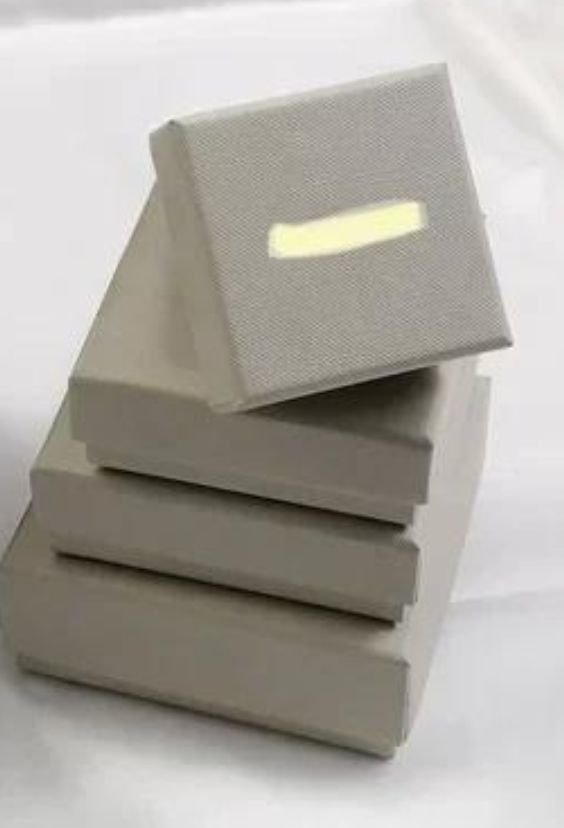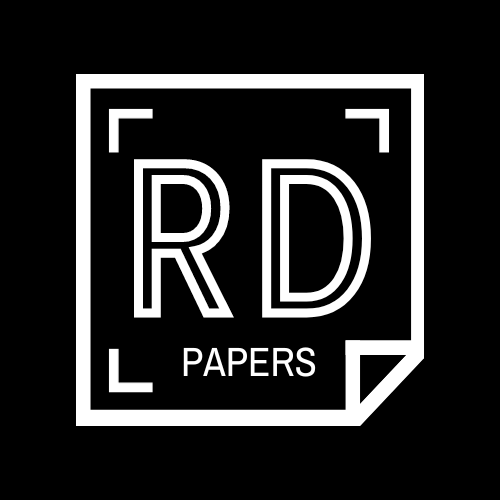Kappa Board

Kappa Board
Kappa board, also known as chipboard or carton board, is a highly durable, versatile material made from recycled paper fibers. It is widely recognized for its rigidity and strength, making it ideal for packaging, crafts, and various industrial applications. Kappa board offers an excellent surface for printing and coating, making it the go-to choice for projects that require both functionality and aesthetic appeal. Whether used in packaging, model-making, or promotional displays, kappa board delivers exceptional performance while being an eco-friendly option for businesses.
Product Details:
| Thickness | 1mm Onwards |
| Shade | Grey-Grey, Grey-White, Grey-Black |
| End Use | Packaging, Advertising, And Interior Decoration |
- Features of Kappa Board
- Applications of Kappa Board
- Contact Us
A kappa board is otherwise known as greyboard or chipboard, and it is a thick, stiff paperboard that is made of recycled paper pulp. It is widely used in the packaging industry, among other processes in bookbinding, displays, and many more uses, owing to the durability it offers. Some of its characteristics are listed below:
1. High Rigidity and Strength
Tough and Durable: Kappa board is rigid in nature, thus used in applications where some solidity in structural support is sought such as in packaging for displays and stands or as a hard cover for bookbinding.
Compression Resistant: Due to the thickness and high density of Kappa board, it is resistant to considerable pressure and cannot easily curve with weight or stress.
2. Sustainability
Environmental Benignness: Made up from the majority of recycled paper pulp, Kappa board is environmentally friendly, thus contributing towards sustainable packaging and product solutions.
Recyclable: As it’s manufactured from recycled materials, the Kappa board itself is recyclable, thus reducing waste as well as building on circular economies related to packaging materials.
3. Customizable Thickness
Kappa board comes in a variety of thickness. Because Kappa board production can be done ranging from thin boards wherein they might use for lighter applications to thicker versions for more demanding applications- like in industrial and heavy-duty packaging.
Adaptive to Various Needs: The variation in thickness will easily adapt to different necessities-from lightweight displays, up to more solid constructions
4. Smooth Surface
Good Printability-The smoothness of Kappa board is prime for quality printing suitable for packaging where branding and logos or intricate designs are required.
Also, suitable for Lamination: it offers a surface that is ideal for laminating, making it even easier to create an attractive, and long-lasting laminate product such as luxury packaging or book covers.
5. Affordable
Cheap Material: Kappa board is a product made of recycled contents, thus very cost effective comparatively than the alternatives-rigid packaging or boards-costing so will end up a darling among budget-sensitive projects.
Available: Kappa board is relatively accessible to get due to its wide range of applications in numerous industries, which keeps production costs low.
6. Multifunctionality
Various Uses: Kappa board can be used in packaging and display industries, as well as in artworks, presentation boards, and model making.
Versatile to Varying Finishes: it can be laminated or coated with decorative films for added functionality and aesthetics, making Kappa board adaptable to both functional as well as decorative purposes.
7. Good Die-Cutting and Folding Properties
Easy to Form: Kappa board makes very good die cuts into detailed shapes but it is easy to fold, making it perfect for creative packaging designs, in-store display materials, and more.
The board scores and folds cleanly without cracking, and it is practical for box making, folders, or other folded packaging solutions.
8. Moisture Resistan
Moderate Moisture Resistance: Kappa board has some moisture resistance, though it is not water-resistant. The performance in humid environments can be improved as well as preventing the water entry into the board using moisture-resistant coatings to treat or laminate the board.
Suitable for Dry Conditions: It works very effectively under dry conditions thus suitable for interior applications or even products that do not require significant exposure to water.
9. Light Weight
Low Density Relative to Thickness: Although highly rigid, Kappa board is relatively light weight relative to most other solid materials so it is easy to maneuver, transport and store while offering great support and structure.
This product is very efficient for shipping: its light weight helps to reduce shipping expenses, especially when shipped in bulk, thereby cutting down the expense involved in packaging huge volumes of products.
10. Excellent Adhesion
Compatible with Gluing: Owing to its high compatibility with adhesives, Kappa board can easily be glued to other products for the creation of the packaging or for bookbinding or art pieces.
Strong Bond with Paper: Used in book covers, rigid packaging or other applications, it bonds well with outer layers of paper or cardboard creating a strong finished product
11. Environmentally Friendly Manufacturing
Recyclable Material Applications: Because it is made from nearly all recycled paper, the manufacturing of Kappa board uses fewer natural resources than virgin paperboard.
Low Carbon Footprint: Generally, the production of Kappa board emits fewer pollutants and consumes much less energy than other options, so that it is rather more eco-friendly in sustainable products.
12. Offers Good Insulating Properties
Thermal Insulation: Although Kappa board was not designed as such, the board thickness and density do offer some degree of thermal insulation. Therefore, it is suitable for packaging products that require moderate temperature protection.
Sound Insulation: Also, because of its dense structure, this material exhibits a certain amount of sound insulation, which can be of great utility for some packaging purposes.
Kappa board, which is also referred to as greyboard or chipboard, is a relatively versatile material that has been popularly employed for several purposes due to its durability, rigidity, and eco-friendliness. Here are the main applications of Kappa board:
1. Packaging
Rigid Boxes: The Kappa board is essentially used in the manufacturing of rigid boxes for luxury products, cosmetics, electronics, and specialty food products.
Protective Packaging: It provides protection for fragile items, such as glassware or electronics, from shock caused by shipping and handling.
Mailing Boxes: Kappa board is used in mailing box manufacturing that should be intelligent and durable enough to withstand transport stress.
2. Bookbinding
Hardcover Books: Kappa board is appropriate for the covers of hardback books, which provides strength and durability with good printability and finishing capabilities.
Notebooks and Journals: It is also used in binding notebooks, journals, and planners, a tough back cover, which will be able to face daily use.
3. Signs and Signage
In-store Point-of-Purchase Displays: Kappa board is most frequently used for attractive in-store product displays that help strengthen visual merchandising activities.
Posters and signs: The board is also mounted for posters and signs because it can provide a stiff substratum that resists bending or curling .
4. Art and Craft Projects
Model Building: Kappa board is ideal for hobbyists as well as students to make models, prototypes, and dioramas since it can be easily cut and molded.
Art Backing Boards: Artists prefer the use of Kappa board as the backing for paintings, photographs, and other artwork to stabilize and support when framing.
5. Stationery Products
Folders and Portfolios: In the production of practical as well as ornamental presentation folders and portfolios, typically with print design, it is used.
Business Cards: Sturdy, and durable business cards can be printed on kappa board. Strong and print quality makes them look good.
6. Furniture and Interiors
DIY Projects: It is used for DIY furniture and home decorative products because it is strong and easy to manipulate.
Partitioning and Decorative Panels: It may be used as a light partitioning in an office or as decorative wall panels to adorn walls
7. Educational Materials
Flash cards and Learning Aids: The Kappa board produces strong, reusable flash cards and learning aids that are available for teachers as well as educators.
Presentation Boards and Displays: It is also applied in making presentation boards and displays for school projects, science fairs, and exhibitions.
8. Sleeves and Envelopes
Document Holders: Kappa board is used for the production of document holders, sleeves, and envelopes as a protection for important papers and documents.
File Folders: To create file folders that are rigid enough to hold large quantities of paper without bending.
9. Pharmaceutical and Health Care Packaging
Medicine Packaging: Kappa board is used in drug packaging due to the purpose of protection and maintaining its integrity of the drug.
Medical Device Packaging: It is also used for medical devices where protection and strength are required for transport
10. Food Packaging
Food Trays and Boxes: Kappa board is manufactured into food trays and boxes which are used for takeaway or deliveries, therefore could be a sturdier food packaging material.
Cake Boards: It is typically designed as a base or bottom support of cakes, pastries, and other desserts, hence they could be moved and displayed.
11. Product Design
Prototyping: It is usually applied in prototyping for product development; it enables designers to create models that are tangible for their concepts.
Custom Shapes and Sizes: It can be cut in custom shapes and sizes according to the desired requirement, making it a flexible option for various industries
12. Retail and Wholesale Applications
Gift Boxes: Kappa board helps in designing attractive gift boxes and packaging solutions for retail products.
Subscription Boxes: It is largely used in subscription box services to provide a firm and protective outer layer to various products
13. Industrial Uses
Insulation and Thermal Protection: Kappa board can be used in some industrial applications either as a material for insulation or as the back substrate material for other products.
